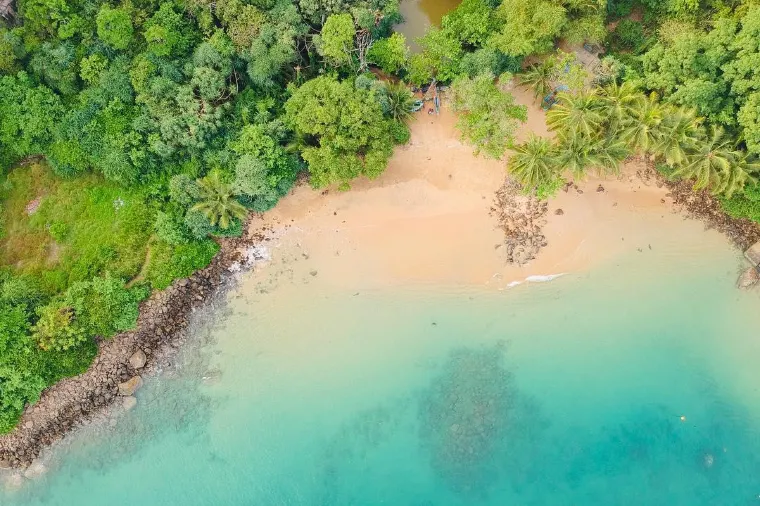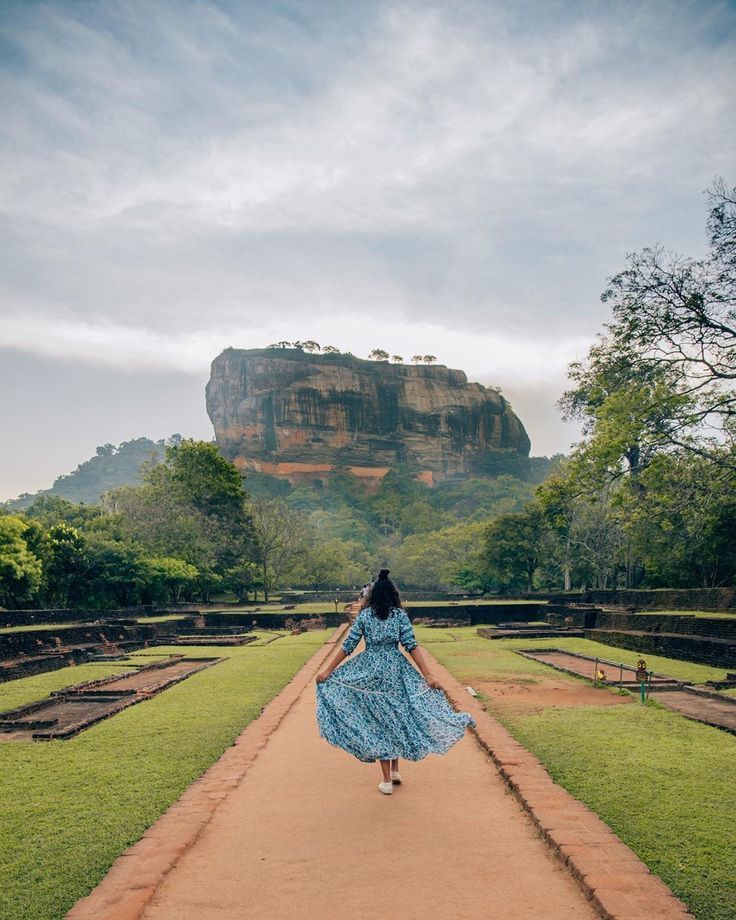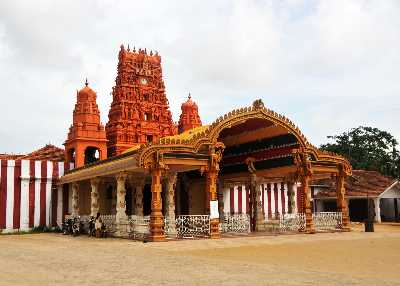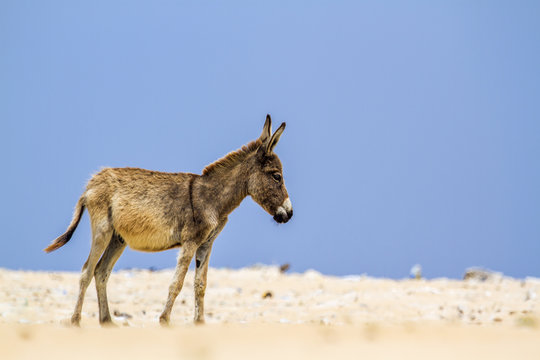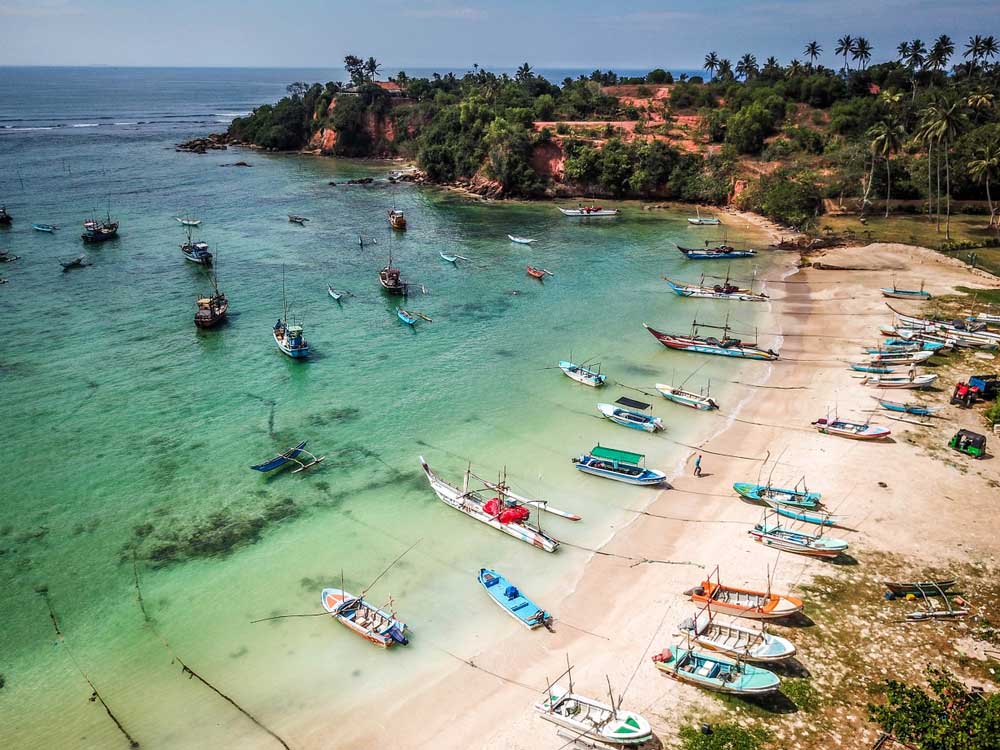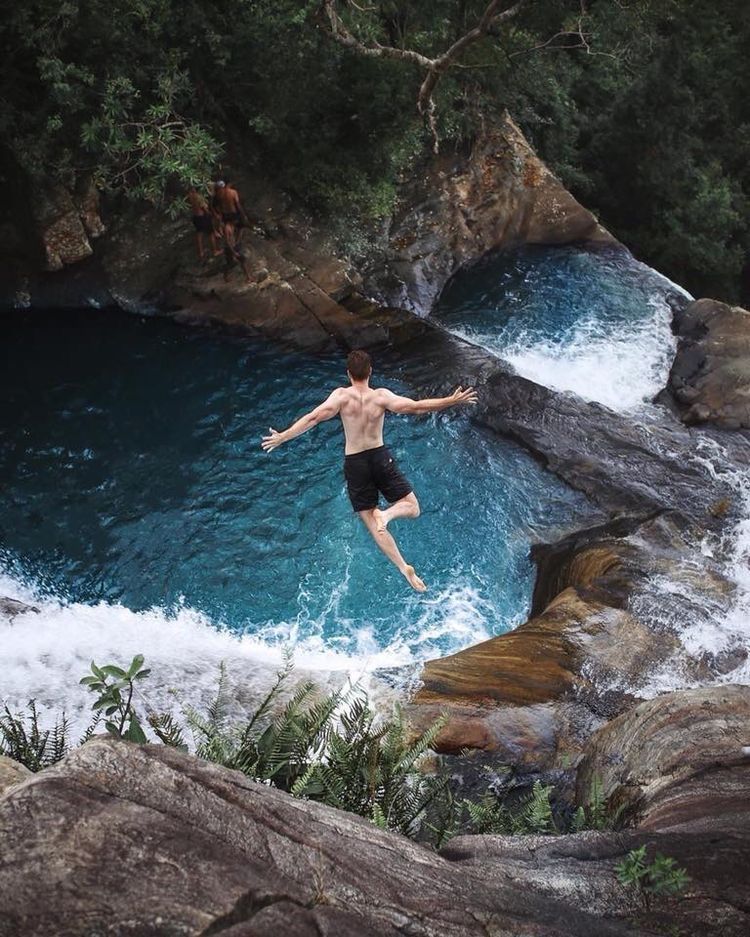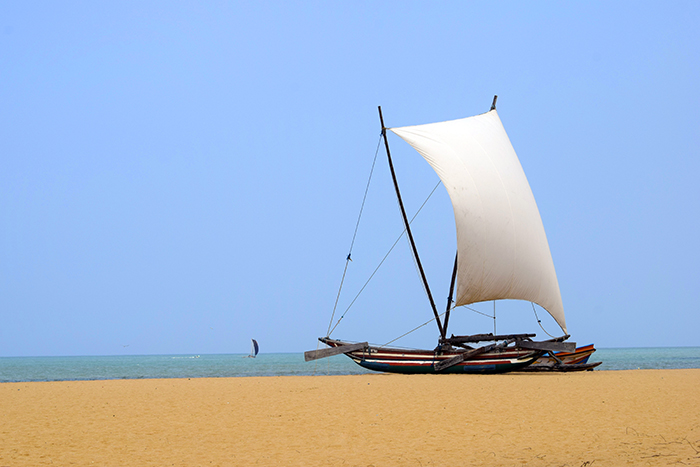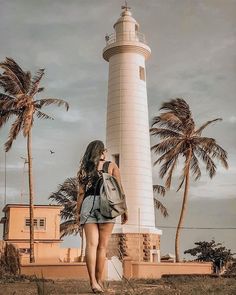Galle Fort
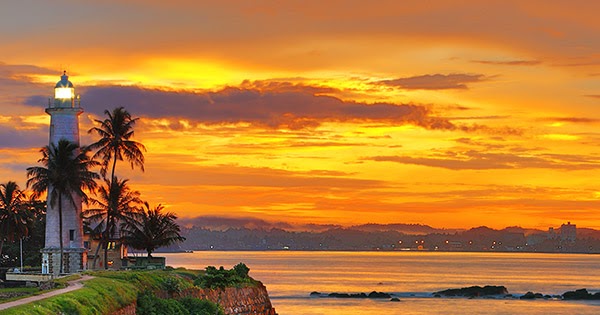
Description
the Dutch Fort is a Portuguese fortress that was built in 1588 at the bay of Galle on the southwestern coast of Sri Lanka. This fortress is completed with 14 bastions which are still the best-preserved and best example of the fortified city in Asia built by Europeans by showing the mix of European architectural styles and South Asian traditions. UNESCO designated Galle Dutch Fort a World Heritage in 1988 under the name of Old Town of Galle and its Fortifications. It covers an area of 52 hectares inside the walls. A lighthouse was installed on the Utrecht bastion, and a tower was erected for the jubilee of Queen Victoria in 1883. A Protestant church was also built in Baroque Style in 1775. The most prominent buildings in the fort complex were the Commandant’s residence, the arsenal, and the gun house.
Portuguese, under the leadership of Lorenzo de Almeida, made their first landing in Ceylon in 1505. In the beginning, the Portuguese constructed a temporary fort in Galle. But the Dutch nationals who conquered Sri Lanka in 1640 captured the Galle fort and reconstructed it with further expansions and reinforcements. They converted the Galle fort as their administrative center. They developed the fort with further security measures such as moats, trusses, and sentry points.
The fort of Galle was handed over to the English by Dutch in 1796, one week after the surrender of Colombo. The entrance to the fort is constructed with cut stones, semicircular stones, and arches depicting the nature of a cavern. It appears that these creations signify the specialty of Dutch architecture and technology.
Dutch architects symbolize their architectural and construction superiority through the creations of Warehouse, Bastian, Dutch Hospital, Protestant Church & Churchyard, Dutch governors & commanders' houses, and other buildings. The architectural style which was popular in the 17th century in Holland was Corinthian patterns. In most of the Dutch buildings in Sri Lanka Corinthian patterns associated with Baroque and Rococo patterns structures could be seen.
Gallery


